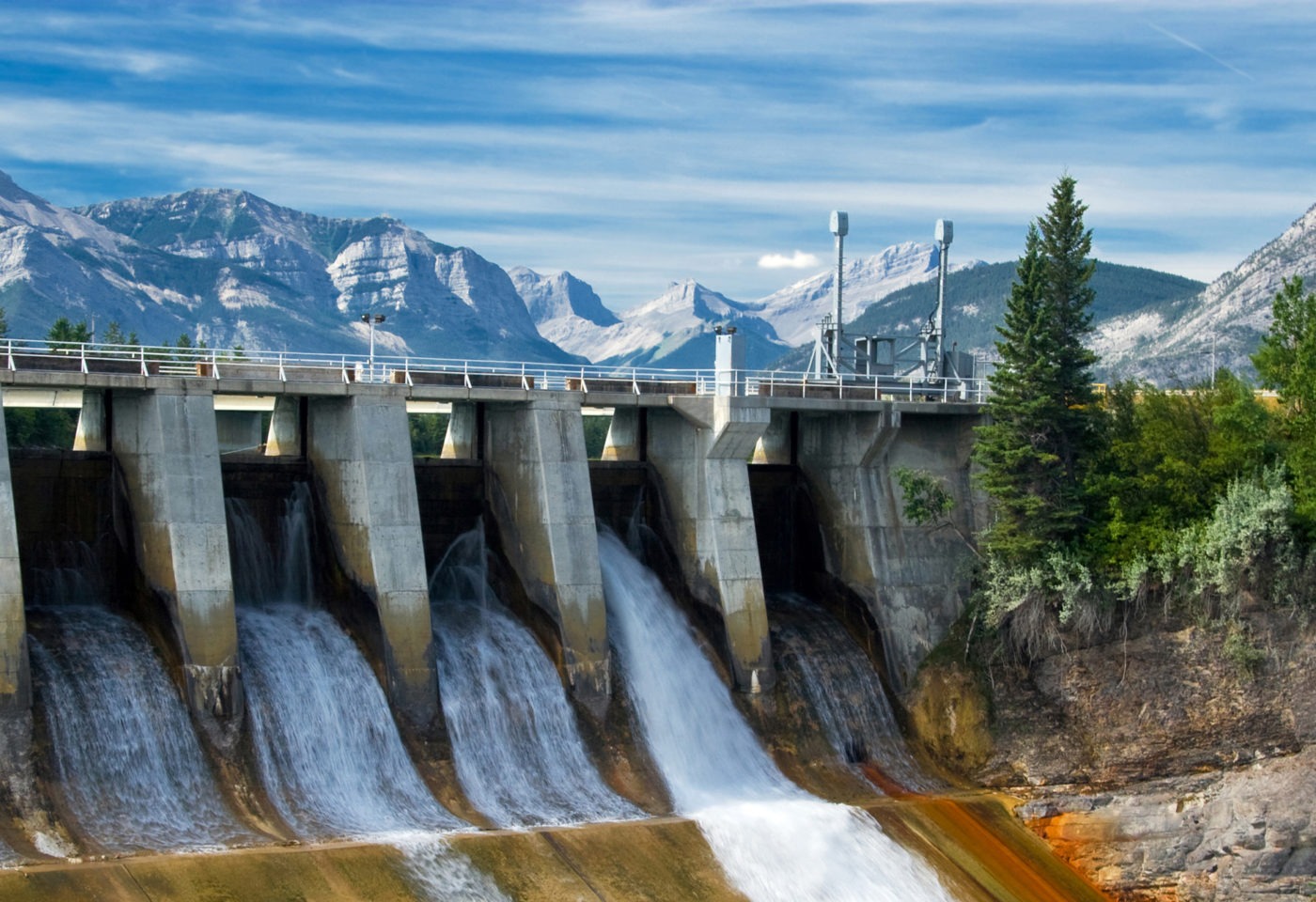By Trevor McLeod
In the Globe and Mail
April 8, 2016
Surprise! It is unhelpful to debate electricity policy on Twitter.
The Twitterverse erupted last week after Robin Campbell, president of the Coal Association of Canada, suggested that Alberta’s power bills could triple as early as 2021 as a result of the NDP government’s plan to phase out coal by 2030.
The Pembina Institute’s environmental policy group took great offence, calling Mr. Campbell’s claim “entirely unsubstantiated” and labelling it “deception and fear-mongering.” A quick look at the numbers, however, makes it hard to believe that Mr. Campbell is wrong.
In part, that is because Alberta is experiencing historically low electricity prices. The average hourly pool price in March, 2016, was $14.79 a megawatt hour. In fact, there are only two years in the past decade (2010 and 2015) when the average hourly pool price in March was not triple what it is today. Unless the Alberta economy tanks completely, it is hard to believe that electricity prices won’t triple in the next few years.
Third parties are unlikely to invest in additional generating capacity in Alberta without the prospect of an adequate return on investment. There are two ways to do that: (1) higher electricity prices; and (2), subsidies. Either way, Albertans will end up paying more for electricity than they would have if they stayed with coal.
Mr. Campbell, who was finance minister in Alberta’s previous PC government, also gave voice to widely held concerns: “Whether you’re in oil and gas, forestry, agriculture, tourism, we need good, affordable, dependable power to be successful. It’s one of the things we have in this province that allows us to compete globally and we’re about to lose that.”
When Alberta shifted to deregulated power generation in 1996, it introduced Power Purchase Arrangements (PPAs) to ensure that owners of power-generating facilities had a reasonable chance to recover their fixed and variable costs. Now, the ENMAX, TransCanada, AltaGas and Capital Power utilities are seeking to opt out of their PPAs, suggesting that, at current low prices, a large portion of Alberta’s electricity supply is no longer economic to produce. The risk here is that much of the coal-fired capacity could come offline sooner than the government planned, causing prices to spike.
Of course, the Balancing Pool – a legislative legacy of deregulation that is funded through a charge on consumers’ power bills – has the option to continue, sell or terminate each PPA. In normal circumstances, the Balancing Pool would terminate a PPA only if it was a money-loser. Today, the Balancing Pool might decide to retain PPAs – even if they are losing money – to maintain system reliability.
The end of PPAs could bring significant short-term costs to customers. In 2005, the Balancing Pool terminated the Clover Bar PPA and paid the owner $83-million – the remaining net book value. The people who fund the Balancing Pool – electricity customers – may be on the hook for more than $1-billion to power plant owners if all PPAs are terminated.
All of this is part of a bigger fight. Mr. Campbell argues that coal plants should not be forced to retire and that environmental concerns could be addressed through investing in clean coal technologies without jeopardizing base-load power. Mr. Campbell’s real argument is let coal compete.
The clean coal argument is not crazy; it is the one that Saskatchewan Premier Brad Wall has been making. If the goal is to reduce global greenhouse-gas emissions, why not develop technology (like carbon capture and sequestration) that can also be put to use in large emitter nations, like China? If successful, this would make a real dent in global emissions.
Yet, Alberta needs to find solutions that provide Albertans and businesses with clean, affordable and reliable electricity. One or two won’t do. We need all three.
Mr. Campbell was right that prices will rise. If they rise high enough, carbon capture and sequestration might be competitive. After all, the Energy Information Administration (EIA) pegs CCS as a mid-range technology in terms of cost and value for money in emissions reduction potential.
Coal faces stiff competition. Wind power is cheaper and cleaner. Yet it is not reliable unless backed up by natural-gas plants which would fire up when the wind stops blowing. A quick look at EIA data reveals that the combined price of natural gas and wind approaches the same price as coal with CCS.
Interestingly, hydroelectric power meets all of the criteria – it is clean, reliable and (according to the EIA) less expensive than other options.
This is a complex debate and Albertans deserve reasoned arguments – the kind that cannot be made in 140 characters.
Trevor McLeod is the director of the Centre for Natural Resources Policy at the Canada West Foundation in Calgary.
